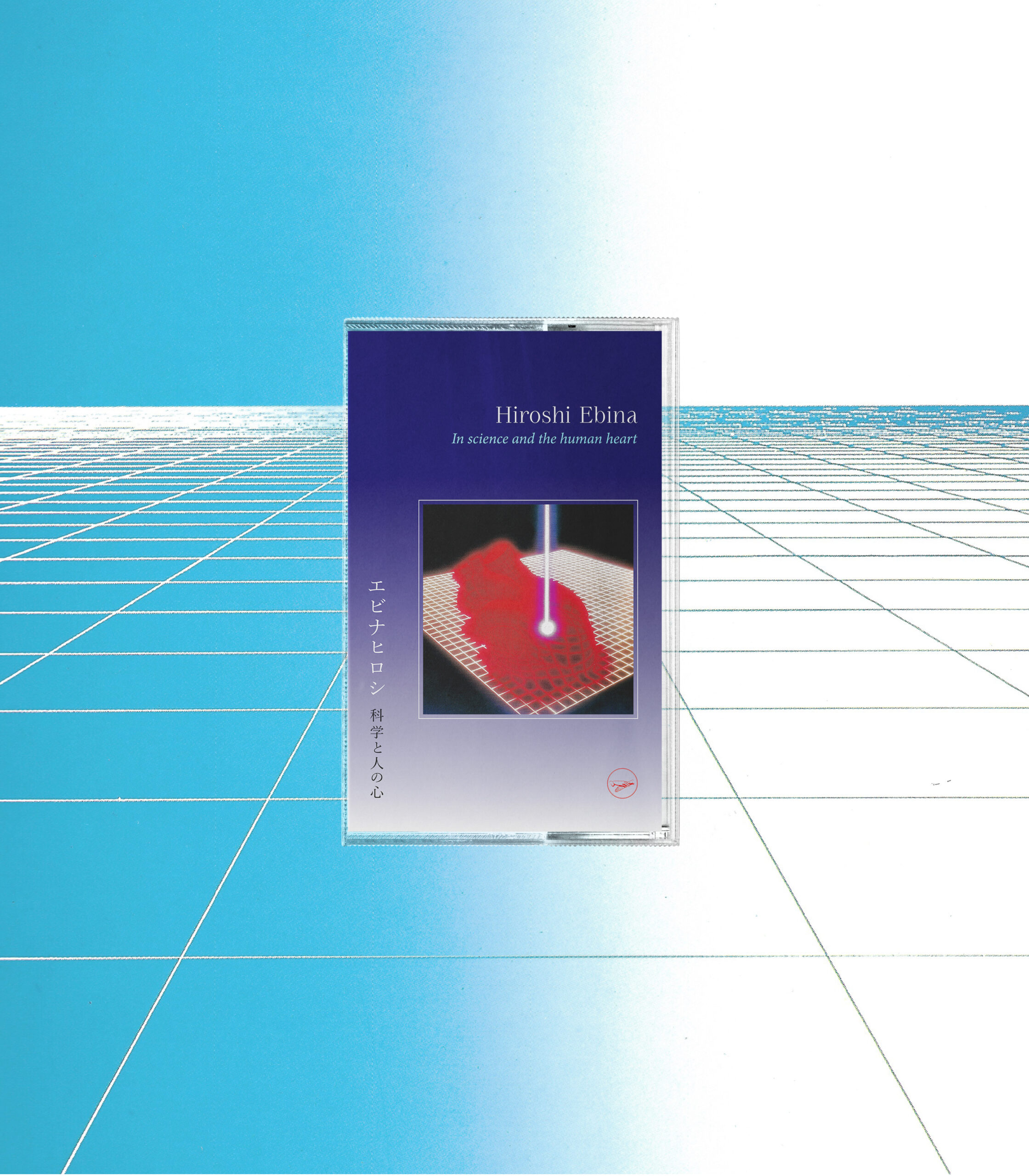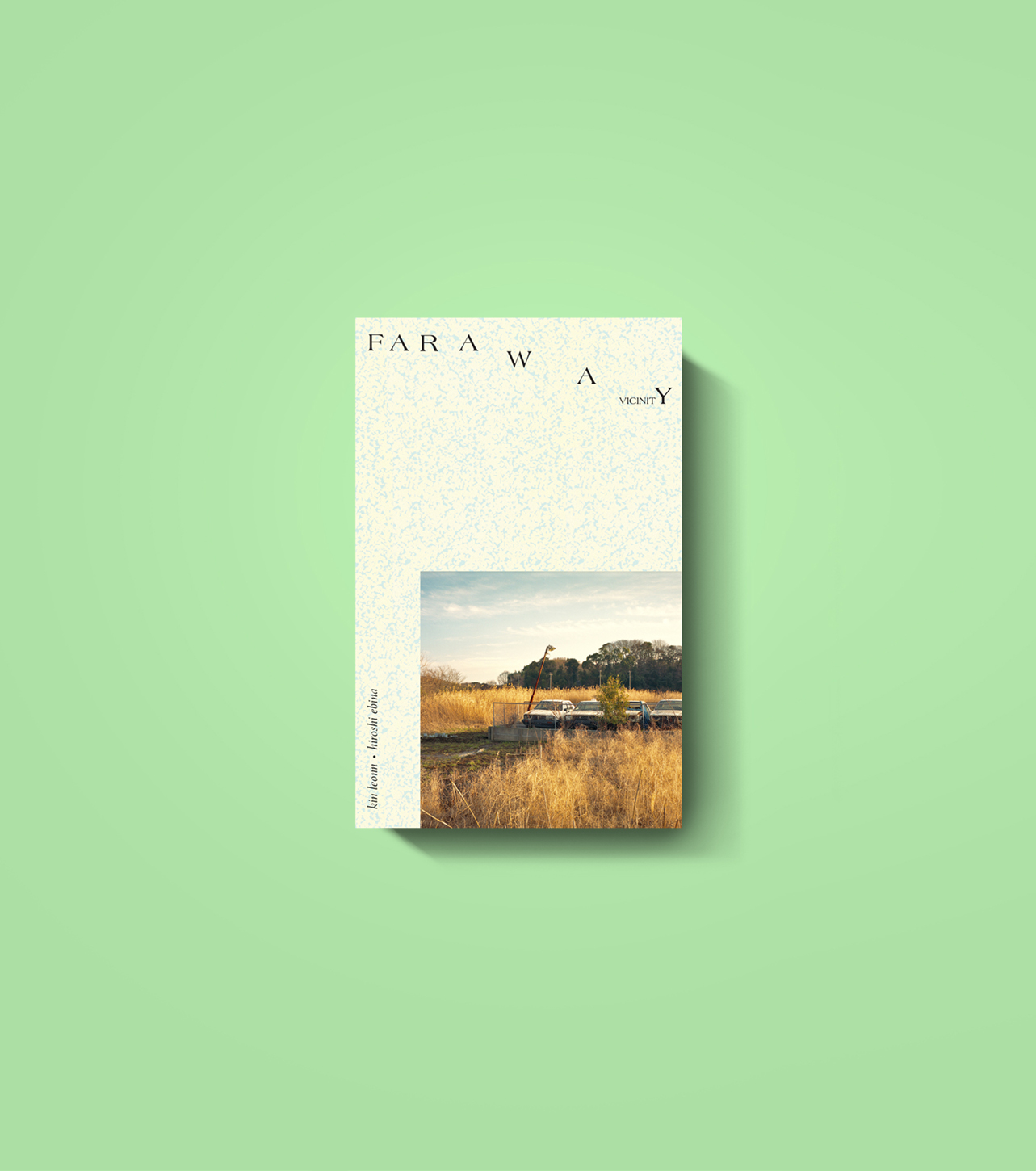Hiroshi Ebina’s work is a constellation of sound, image, and tradition, blending ambient music with the ancient art of gagaku (traditional Japanese court music) and photography of minimalistic landscapes in cities and nature. After formative years in Tokyo and New York, Hiroshi returned to his hometown near Tokyo in 2018. Immersing himself in the sonic worlds of modular synthesizers and tape machines, he also began studying hichiriki and biwa — traditional gagaku instruments — and dance under musicians from the Imperial Household Agency. In the years following, he reestablished his base in Tokyo, crafting a unique sound informed by both modern techniques and ancient traditions.
Settling back into Japan from New York, Hiroshi’s creative process resonated with a larger audience. Gaining a following on social media, he shared videos of his music-making, offering a window into his world of Eurorack synthesizers and tape experiments. Fans were drawn to the tactile nature of his performances, where technology and tradition intersected in real time. These videos became as much a part of his artistic identity as his recorded music, giving listeners a closer connection to his sounds.
Ebina’s music is driven by serendipity — a spontaneous unfolding of sound that arises and dissipates by chance. His approach is not concerned with rigid structure or precision; it’s not about rhythm or pitch, but texture and the space between notes. He works like a cartographer, allowing lines and dots to form shapes and patterns naturally, celebrating imperfection and the fleeting beauty of sound in the moment.


